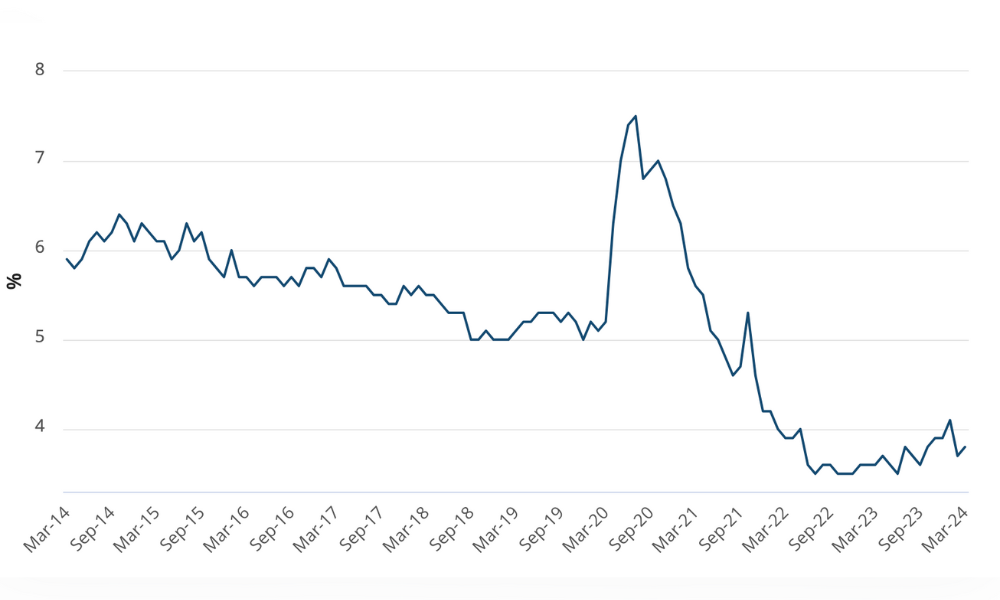In Mid-April I travelled to Bangalore, India to deliver a two-day workshop on advanced talent management. I facilitate this workshop throughout Asia, Africa, the Middle East, North America and Europe. Delegates are usually thoughtful, vocal and a little impatient of theory – eager to roll up their sleeves and jump into discussions of leading edge talent management practices, tools and techniques
In Mid-April I travelled to Bangalore, India to deliver a two-day workshop on advanced talent management. I facilitate this workshop throughout Asia, Africa, the Middle East, North America and Europe. Delegates are usually thoughtful, vocal and a little impatient of theory – eager to roll up their sleeves and jump into discussions of leading edge talent management practices, tools and techniques. It’s interesting, therefore, that we got into a deep discussion on theories around worker engagement and productivity.
The Bangalore group, which consisted of senior OD, HR and talent management leaders from organisations like Infosys, Dr.Reddy’s and Hewlett-Packard was exceptional. In fact this group was more engaged than any previous class I’ve led. Not that I was surprised – on the whole, the Indian worker is easily as engaged as any workforce I’ve encountered. From the typical call centre employee to senior management, they are proud of their organisations and of where their country is headed (inevitably among the top of the heap in terms of GNP and productivity among knowledge workers).
Yet, as the Bangalore group pointed out, the largest and most recent global engagement survey – from Towers Perrin, involving more than 85,000 employees in 2006 – places the Indian workforce second from the bottom of the sixteen countries studied. The only country to fare worse than India was Japan, a country long associated with impressive workforce productivity, despite a decade of stagnant growth in the 1990s.
As talent management professionals we are often being told or telling others that one of the reasons employee engagement is so important is the direct link to better workforce productivity. I’ve never questioned this assumption (it is logical after all). However, the Bangalore group challenged me to explain why workforce engagement scores are so low in some of the countries we associate with high productivity and so high in some that we associate with low productivity. I fear my explanation was a little less satisfying than my delegates would have liked but the debate that followed was rich and insightful.
After the first “ah-hah” is the shockingly low overall engagement scores for workers worldwide, one is struck by the fact than Mexico, a country we don’t normally associate with high productivity (with all due respect) is at the top, while countries like Japan and India are at the bottom. This is certainly a head scratcher, hence the debate in Bangalore. After a round or two of speculation, a suggestion was put forward that we overlay global productivity data with Towers Perrin’s Global Engagement Data to see if the anomalies we suspected were true.
In 2006, the OECD released its latest compendium of productivity measures. As the OECD says on its website: “There are many different approaches towards productivity measurement and their calculation and interpretation needs careful consideration.” This is no doubt true but as a former labour market economist, I’m reasonably comfortable with the following statements:
1. Number of hours worker per capita is an incomplete but relevant indicator of raw and gross national productivity. It may also be one reasonable (but far from complete) indicator of employee engagement.
2. GDP per hour worked is a good indicator of worker productivity and perhaps also a weak but relevant indicator of employee engagement.
3. A better measure of worker productivity is probably GDP per hours worked.
Admittedly, this is a very rough analysis, not scientifically valid in any way, shape or form. Yet it does raise some interesting questions. I’m not challenging the premise that higher workforce engagement leads to performance improvement, neither was the Bangalore group, and I’m not questioning the validity of the Towers Perrin survey, it is the best data we have. But the question remains unanswered, does higher engagement lead to more productivity?
Or is this the wrong measure? In the 1990s, Sears proved the correlation between increased engagement and better customer service scores leading directly to an increase in revenue growth (see Harvard Business Review, Jan-Feb 1998). The Center for Talent Retention in Denver, Colorado has devised metrics and instruments that also demonstrate the link between increased engagement and improvements to the bottom line (see www.keeppeople.com).
Is productivity too complex, too interdependent on other variables to be linked with engagement? If so, what are the best measures for determining the impact of employee engagement? I invite the group from Bangalore, Towers Perrin, the Center for Talent Retention and all of you reading this article to join in on the discussion at my blog on the Human Capital Institute website. As they say, many brains are better than one, maybe together we can sort out this paradox.
By Allan Schweyer, president of the Human Capital Institute








